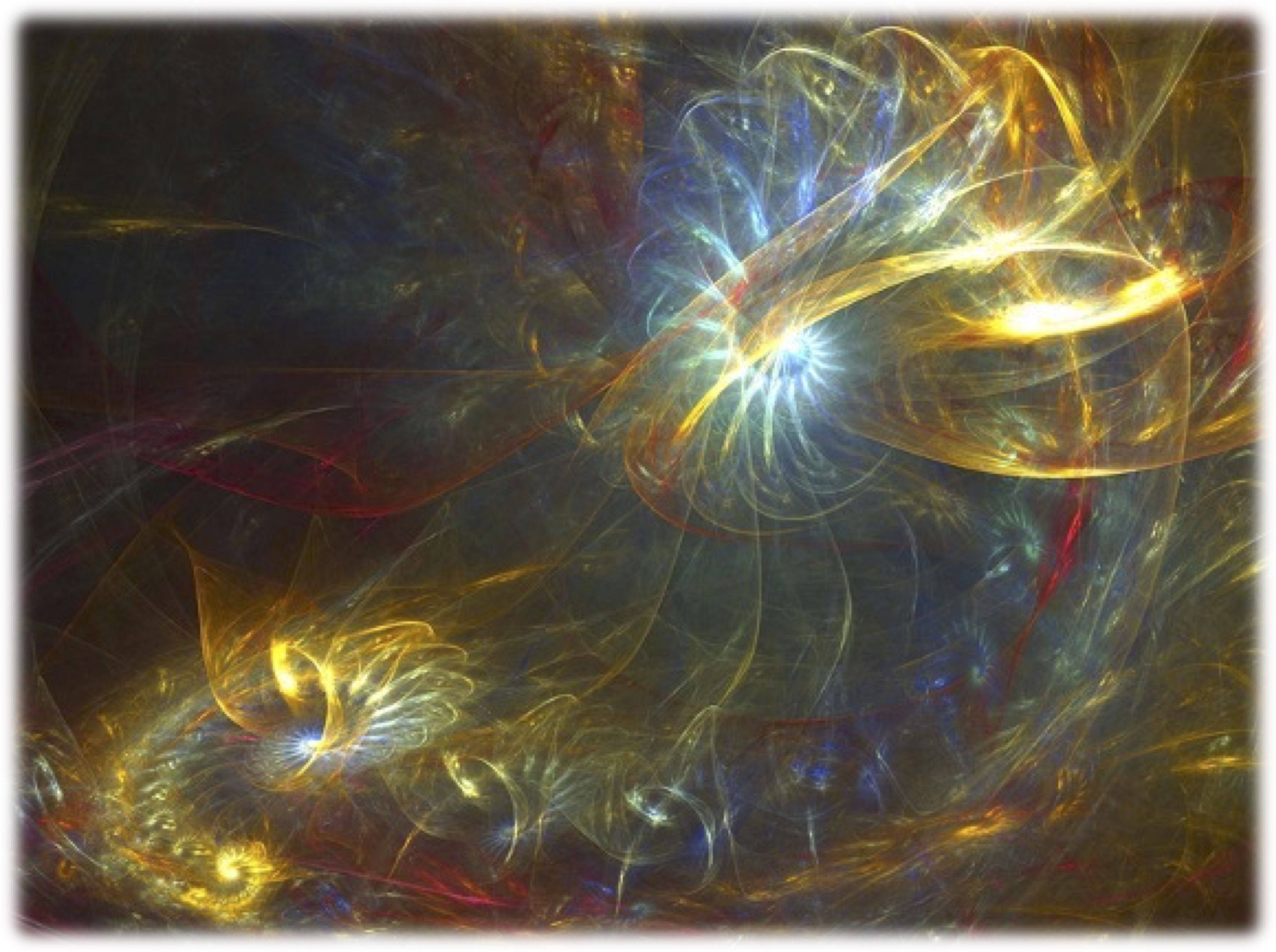Conference Name
Conference Location
Abstract
The view of consciousness accepted by most scientists seems to correspond to Dual Aspect Monism, typically characterized as the view that the mental and the physical are two aspects of, or perspectives on, the same fundamental substance. The ‘aspects’ of consciousness are generally treated as equivalent, as though these aspects are being taken by the same entity (i.e., the philosopher) from different viewpoints on the process (i.e., the brain). Emergent Aspect Dualism (EAD; Tyler, 2019) is a new philosophical approach that offers a different stance on the nature of consciousness in several critical respects. The first issue is that the EAD theory does not recognize ‘substance’ as a fundamental essence; it takes the Heraclitan viewpoint that ‘all is flux’ of physical energy, at all levels of analysis from subatomic to large-scale astronomical processes. Matter, in this view, is frozen energy; energy structured into a form where its flux congeals into the continuous material of the liquid or solid state.
In particular, it posits that consciousness is not a state but a process – solely the activity of the brain, or some part of it. Moreover, the EAD theory treats the ‘aspects’ of this brain process as inherently distinct, with the experiential aspect of the brain activity being internal to us, the private conscious perceiver, while the communal aspects of the brain processes are external and publicly accessible to anyone with the sensory or physical equipment to view them. The properties of the two aspects of the process, internal and external, are thus fundamentally dichotomous in the way that the phenomenal experience of red differs in all respects from a sequence of nerve spikes in a red-tuned neuron in the visual cortex. EAD Is thus in full accord with Chalmers’ analysis of the Hard Problem, which implies an inherent dualism in the resulting domains of understanding of the internal versus the external aspects. Nevertheless, these dualistic domains are emergent aspects of a single monistic process, the brain, which emerge as a consequence of a level of complexity of the brain process sufficient to support a basic degree of consciousness.
Thus, EAD is distinct from both Physical Monism, which ultimately fails to recognize the qualitative essence of experiential consciousness, and from Russellian/Kantian Idealistic Monism, which situates the essence ultimately in mental ‘quiddities’ or ‘ding-an-sich’ (both of which are ‘things’ rather than processes). It is also, however, distinct from Cartesian Dualism in positing that the phenomenal, internal properties of consciousness arise from the neural syncytium of the brain, and are ultimately compatible with the properties of the physical substrate. It is the emergence of the internal viewpoint, or conscious aspect, that allows for the difference in the experienced properties from the physical properties of the brain process, and moreover, the abstracted concept of relations among processes, physical or mental, which exist only in their conscious representation. In this sense, EAD provides the basis for resolving the discrepancies between the internal and external properties of brain activity, though the details remain to be worked out.

